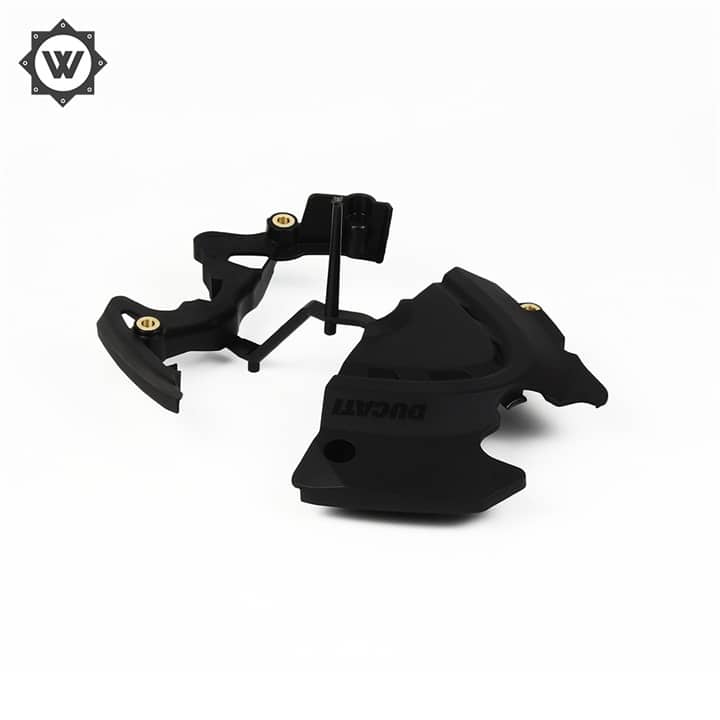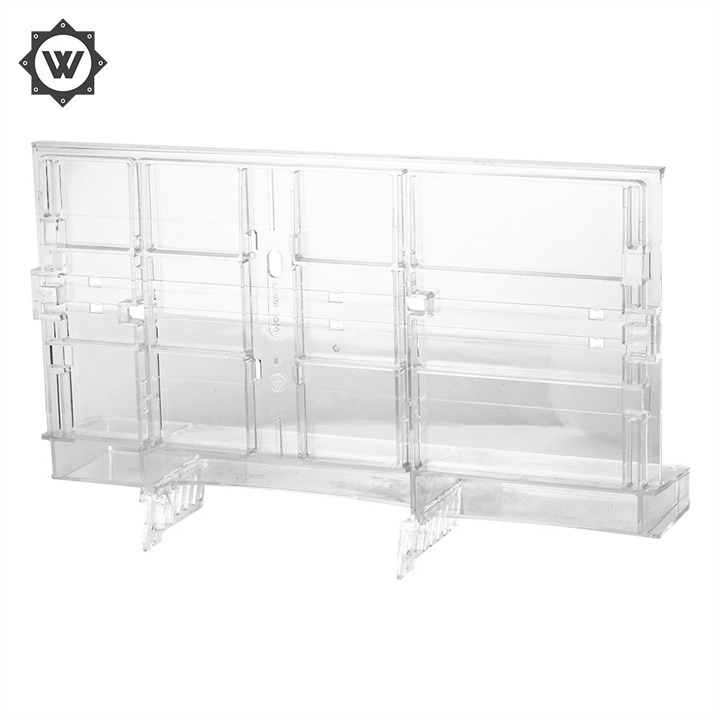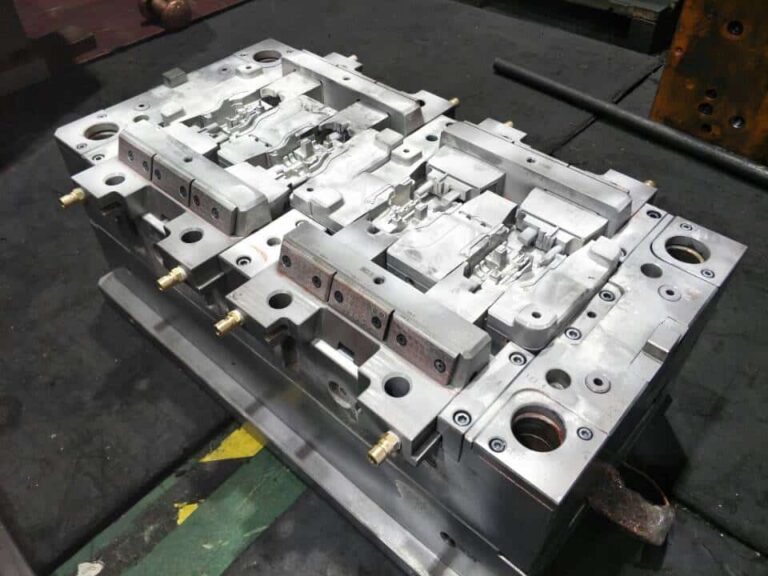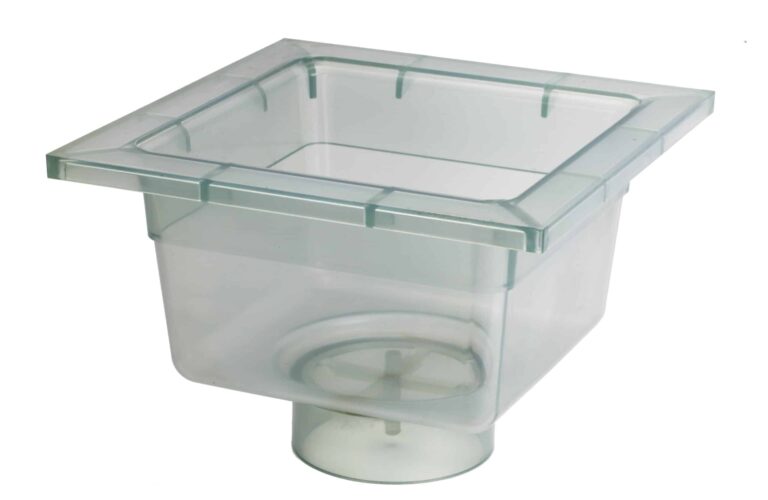Common steel materials and their characteristics in mechanical and die processing
Leading the mechanical frontier, mechanical video, automobile, processing technology, 3D printing, automation, robot, production process, bearing, mold, machine tool, sheet metal and other industry frontiers are waiting for you here
1. 45 – High quality carbon structural steel, the most commonly used medium carbon quenched and tempered steel
Main characteristics: the most commonly used medium carbon quenched and tempered steel has good comprehensive mechanical properties, low hardenability, and is easy to crack during water quenching. Small parts should be quenched and tempered, and large parts should be normalized. Application examples: mainly used for manufacturing high strength moving parts, such as turbine impeller and compressor piston. Shaft, gear, rack, worm, etc. The welding parts shall be preheated before welding and stress relieved and annealed after welding. picture
2. Q235A (A3 steel) – the most commonly used carbon structural steel
Main features: high plasticity, toughness, welding performance, cold stamping performance, and certain strength, good cold bending performance. Application examples: widely used for parts and welded structures with general requirements. Such as pull rod, connecting rod, pin, shaft, screw, nut, ferrule, support, base, building structure, bridge, etc.
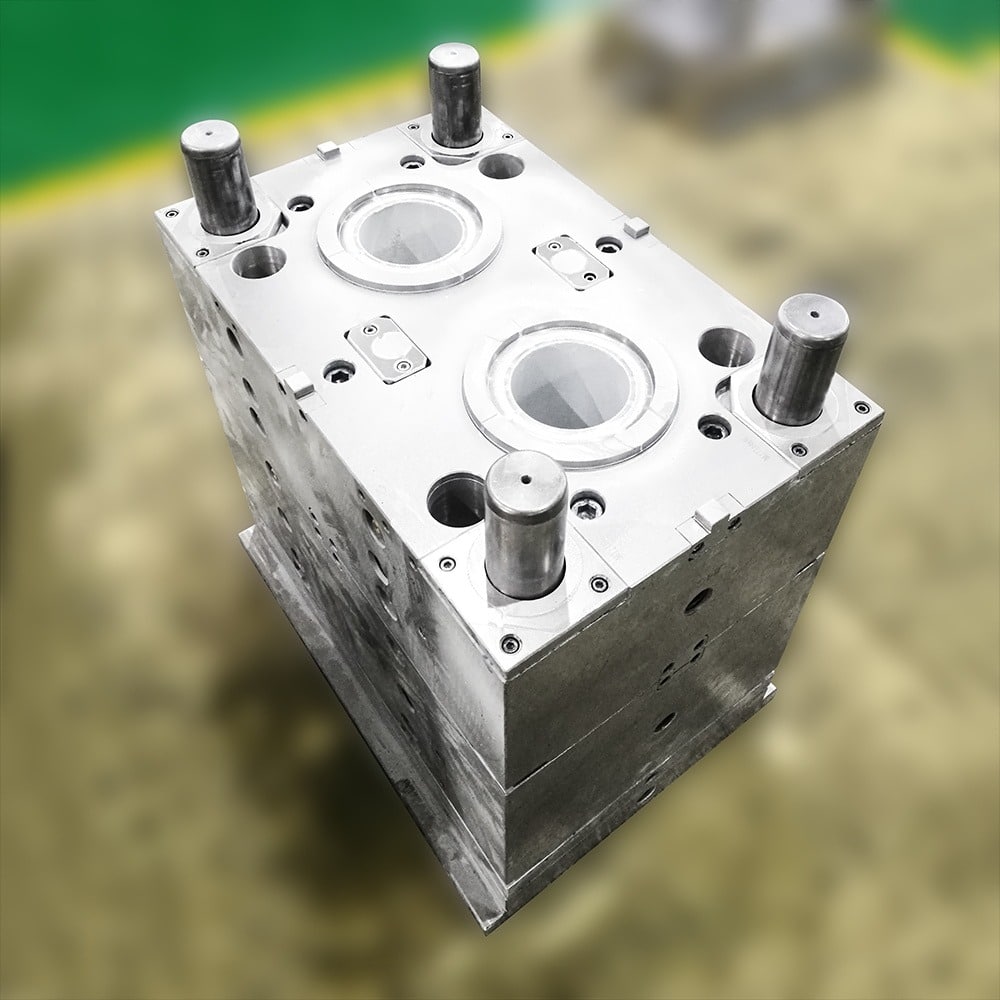
3. 40Cr – one of the most widely used steels, belonging to alloy structural steel
Main features: after quenching and tempering treatment, it has good comprehensive mechanical properties, low temperature impact toughness and low notch sensitivity, good hardenability, high fatigue strength can be obtained when oil is cooled, parts with complex shapes are easy to crack when water is cooled, and the cold bending plasticity is medium. After tempering or tempering, the machinability is good, but the weldability is not good, and cracks are easy to occur. Before welding, it should be preheated to 100~150 ℃, generally used in the quenching and tempering state, It can also be carbonitriding and high-frequency surface quenching. Application examples: after quenching and tempering, it is used to manufacture parts with medium speed and medium load, such as machine tool gear, shaft, worm, spline shaft, thimble sleeve, etc. After quenching and tempering, it is used to manufacture parts with high surface hardness and wear resistance, such as gear, shaft, spindle, crankshaft, spindle, sleeve, pin, connecting rod, screw nut, air inlet valve, etc. After quenching and medium temperature tempering, it is used to manufacture parts with heavy load and medium speed impact, such as oil pump rotor Slider, gear, main shaft, sleeve ring, etc. are used to manufacture heavy load, low impact and wear-resistant parts, such as worm, main shaft, shaft, sleeve ring, etc. after quenching and low temperature tempering. Transmission parts with large size and high low temperature impact toughness, such as shaft, gear, etc., are then manufactured at the carbonitriding point.
4. HT150 – grey cast iron
Application examples: gear box, machine bed, box, hydraulic cylinder, pump body, valve body, flywheel, cylinder head, pulley, bearing cover, etc.
5. 35 – Common materials of various standard parts and fasteners
Main features: proper strength, good plasticity, high cold plasticity, and good weldability. Local upsetting and wire drawing can be carried out in cold state. Low hardenability, application examples after normalizing or quenching and tempering: suitable for manufacturing small section parts, parts that can bear large loads: such as crankshaft, lever, connecting rod, shackle, etc., various standard parts and fasteners.
6. 65Mn – common spring steel
Application examples: various small flat and round springs, cushion springs, spring clockwork, spring rings, valve springs, clutch springs, brake springs, cold coil springs, circlips, etc.
7. 0Cr18Ni9 – the most commonly used stainless steel (American steel 304, Japanese steel SUS304)
Characteristics and application: As a stainless heat-resistant steel, it is widely used, such as food equipment, general chemical equipment, and equipment originally used in energy industry.
8. Cr12 – Common cold work die steel (American steel grade D3, Japanese steel grade SKD1)
Characteristics and application: Cr12 steel is a widely used cold work die steel, belonging to the type of ledeburite steel with high carbon and high chromium. The steel has good hardenability and wear resistance; As the carbon content of Cr12 steel is as high as 2.3%, the impact toughness is poor, it is easy to embrittle, and it is easy to form uneven eutectic carbide; Because of its good wear resistance, Cr12 steel is mostly used to manufacture cold punching dies, punches, blanking dies, cold heading dies, punch and die of cold extrusion dies, drill sleeves, gauges, wire drawing dies, stamping dies, thread rolling plates, drawing dies, and cold pressing dies for powder metallurgy, which are subject to low impact loads and require high wear resistance.
9. DC53 – Commonly used cold working die steel imported from Japan
Characteristics and Application: High strength and toughness cold work die steel, steel grade of Japanese Datong Special Steel (Plant) Manufacturer. After high temperature tempering, it has high hardness, high toughness and good wire cutting performance. Used for precision cold stamping die, drawing die, thread rolling die, cold blanking die, punch, etc. 10, SM45 – ordinary carbon plastic die steel (Japanese steel grade S45C)
10. DCCr12MoV – wear-resistant chromium steel
It is made in China. Compared with Cr12 steel, it has lower carbon content, and Mo and V are added. The non-uniformity of carbide is improved. MO can reduce carbide segregation and improve hardenability, and V can refine grains to increase toughness. This steel has high hardenability. The section can be fully quenched below 400mm. It can still maintain good hardness and wear resistance at 300~400 ℃. It has higher toughness than Cr12, less volume change during quenching, high wear resistance and good comprehensive mechanical properties. Therefore, it can be made with large section, Various molds with complex shape and strong impact, such as ordinary drawing die, punching die, blanking die, trimming die, rolling die, drawing die, cold extrusion die, cold cutting scissors, circular saw, standard tools, measuring tools, etc.
11. SKD11 – ductile chromium steel
It is produced by Hitachi in Japan. Technically, the casting structure in the steel is improved, and the grains are refined. Compared with Cr12mov, the toughness and wear resistance are improved, and the service life of the die is extended
12. D2 – High carbon and high chromium cold work steel
Made in the United States. It has high hardenability, hardenability, wear resistance, high temperature oxidation resistance, good rust resistance after quenching and polishing, and small heat treatment deformation. It is suitable to manufacture various cold working dies, tools and measuring tools with high precision and long service life, such as drawing dies, cold extrusion dies, cold shear knives, etc.
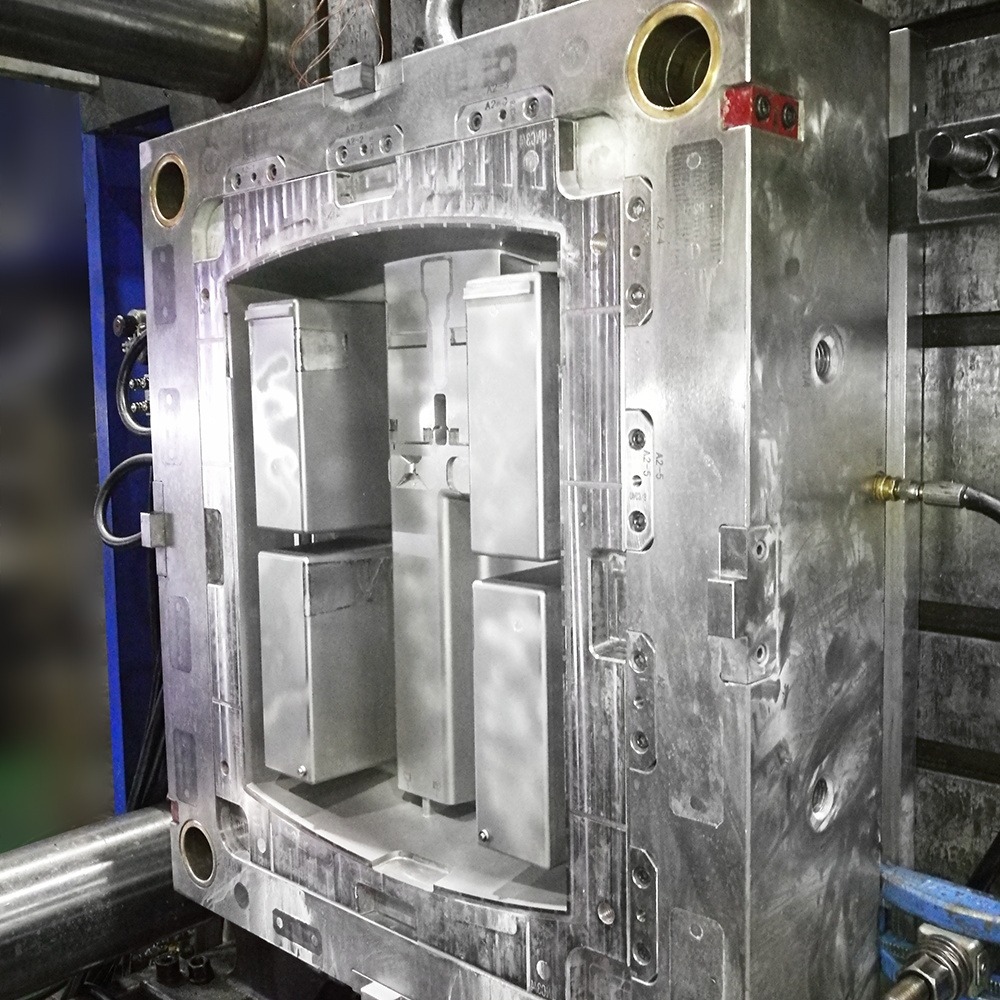
13. SKD11 (SLD) – Non deformation toughness high chromium steel
It is produced by Hitachi in Japan. As the content of MO and V in the steel increases, the casting structure in the steel is improved, the grains are refined, and the carbide morphology is improved. Therefore, the strength and toughness (bending strength, deflection, impact toughness, etc.) of this steel are higher than SKD1 and D2, the wear resistance is also increased, and the tempering resistance is higher. Practice has proved that the service life of this steel mold is improved compared with Cr12mov. It is often used to manufacture molds with high requirements, such as drawing dies, molds for impact grinding wheels, etc.
14. DC53 – High Toughness High Chromium Steel
Produced in Datong, Japan. The hardness of heat treatment is higher than SKD11. After tempering at high temperature (520-530), the hardness can reach 62-63HRC, In terms of strength and wear resistance, DC53 exceeds SKD11. The toughness is twice that of SKD11. The toughness of DC53 rarely appears cracks and crazes in cold working die manufacturing. It greatly improves the service life. The residual stress is small. The residual stress is reduced after turning back at high temperature. Because the cracks and deformation after wire cutting are suppressed. The machinability and abrasiveness exceed SKD11. It is used in precision stamping dies, cold forging, deep drawing dies, etc
15. SKH-9 – general high-speed steel with high wear resistance and toughness
Manufactured by Hitachi in Japan. Used for cold forging die, cutting machine, drill, reamer, punch, etc.
16. ASP-23 – Powder Metallurgy High Speed Steel
Made in Sweden. The carbide distribution is extremely uniform, wear-resistant, high toughness, easy machining, and the size of heat treatment is stable. It is used for punch, deep drawing die, drilling die, milling cutter, shear blade and other long life cutting tools.
17. P20 – Plastic moulds of general requirements
Made in the United States. It can be operated by electric erosion. Pre hardening HB270-300 in factory condition. Quenching hardness HRC52.
18. 718 – Plastic mold with high requirements
Made in Sweden. Especially for electric erosion operation. Factory pre hardening HB290-330 Quenching hardness HRC52
19. Nak80 – high mirror, high precision plastic mold
Produced in Datong, Japan Factory state pre hardening HB370-400. Quenching hardness HRC52
20. S136 – Anticorrosion and mirror polishing plastic mold
Made in Sweden Factory pre hardening HB < 215. Quenching hardness HRC52.
21. H13 – Common die-casting die
For die-casting of aluminum, zinc, magnesium and alloy, hot stamping die, aluminum extrusion die,
22. SKD61 – Advanced die-casting die
It is produced by Hitachi in Japan, and its service life is obviously improved compared with H13 through electroslag remelting technology Hot stamping die, aluminum extrusion die,
23 、 8407 — Advanced die-casting die
Made in Sweden Hot stamping die, aluminum extrusion die.
24. FDAC – sulfur is added to enhance its chippability
The factory pre hardening hardness is 338-42HRC. It can be directly carved without quenching and tempering. It is used for small batch molds, simple molds, various resin products, sliding parts, mold parts with short delivery time, zipper molds, and glasses frame molds.


